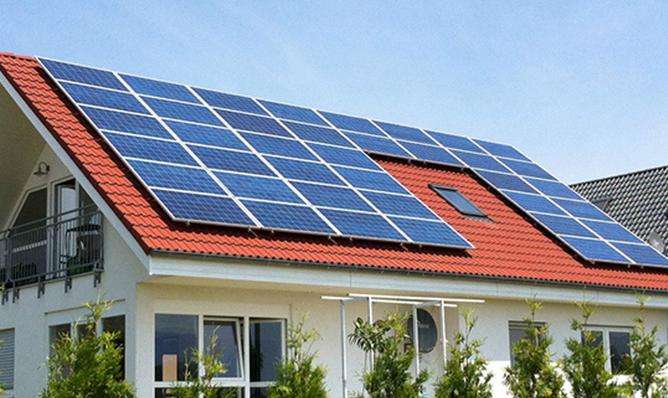Every object generates heat when it moves; any machine has efficiency problems, and the efficiency cannot reach 100% (according to the current level of human technology). Hydrogenerators are no exception. The efficiency of modern hydrogenerators is generally 95-98%. The efficiency of water-cooled generators is slightly higher than that of air-cooled generators. According to the law of conservation of energy, most of the mechanical power transmitted from the main engine (water turbine) to the hydrogenerator is converted into electric power by electromagnetic induction, and the rest is the lost part. This part is collectively called. such as the loss of the hydrogenerator. Losses include the following:
(1) Copper loss in the stator winding;
(2) Copper loss in the rotor winding;
(3) Loss of nucleus;
(4) Wind loss and friction loss;
(5) Guide bearing loss
(6) Thrust bearing loss (only included in the hydraulic turbine power; generation loss value of the part machine);
(7) Parasitic loss;
(8) Excitation system equipment loss;
(9) Direct water cooling system losses (if any).
The above losses are inevitable, and these losses will manifest themselves in other forms such as heat. I hope my answer will satisfy you.
What is the loss in electricity production when a 100 kW water pump pumps water up to a height of 100 meters and lowers it downwards.
< p>Answer: Use 1 kilowatt hour of electricity to pump the water. then producing electricity will certainly be less than 1 kilowatt hour of electricity.The work of the water pump converts electrical energy into mechanical energy (potential energy) of water. Converted energy productiont the mechanical energy of water into electrical energy.
According to the law of conservation of energy, during the operation of motors and generators, the mechanical efficiency is less than 1 and there are various energy losses. The final electrical energy obtained will be permanently reduced.
Since electrical energy cannot be stored, excess electrical energy will be wasted if not used. When electricity consumption is low, excess electricity is used for water storage by pumping, thereby improving the electricity utilization rate.
Building large-scale reservoirs for water and energy storage also requires significant investment, which is completely different from pumped hydroelectric energy storage.
The average efficiency of small and medium-sized hydroelectric production units is 75% to 85%, and the efficiency maverage of large units is greater than 90%.
Hydroelectric power generation efficiency is calculated at 80%
Engine efficiency is calculated at 80%
Losses along pump and pipeline, efficiency is calculated at 85%
p>
Total efficiency=80%*80%*85%=54.4%
Loss 45.6% electricity














